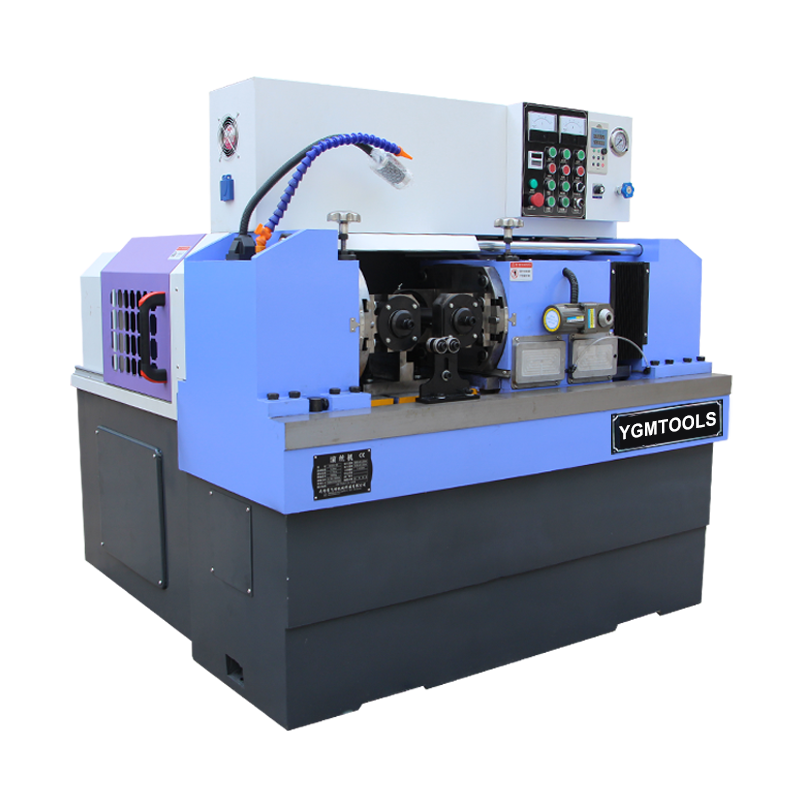
-
 Afrikaans
Afrikaans -
 Albanian
Albanian -
 Amharic
Amharic -
 Arabic
Arabic -
 Armenian
Armenian -
 Azerbaijani
Azerbaijani -
 Basque
Basque -
 Belarusian
Belarusian -
 Bengali
Bengali -
 Bosnian
Bosnian -
 Bulgarian
Bulgarian -
 Catalan
Catalan -
 Cebuano
Cebuano -
 Corsican
Corsican -
 Croatian
Croatian -
 Czech
Czech -
 Danish
Danish -
 Dutch
Dutch -
 English
English -
 Esperanto
Esperanto -
 Estonian
Estonian -
 Finnish
Finnish -
 French
French -
 Frisian
Frisian -
 Galician
Galician -
 Georgian
Georgian -
 German
German -
 Greek
Greek -
 Gujarati
Gujarati -
 Haitian Creole
Haitian Creole -
 hausa
hausa -
 hawaiian
hawaiian -
 Hebrew
Hebrew -
 Hindi
Hindi -
 Miao
Miao -
 Hungarian
Hungarian -
 Icelandic
Icelandic -
 igbo
igbo -
 Indonesian
Indonesian -
 irish
irish -
 Italian
Italian -
 Japanese
Japanese -
 Javanese
Javanese -
 Kannada
Kannada -
 kazakh
kazakh -
 Khmer
Khmer -
 Rwandese
Rwandese -
 Korean
Korean -
 Kurdish
Kurdish -
 Kyrgyz
Kyrgyz -
 Lao
Lao -
 Latin
Latin -
 Latvian
Latvian -
 Lithuanian
Lithuanian -
 Luxembourgish
Luxembourgish -
 Macedonian
Macedonian -
 Malgashi
Malgashi -
 Malay
Malay -
 Malayalam
Malayalam -
 Maltese
Maltese -
 Maori
Maori -
 Marathi
Marathi -
 Mongolian
Mongolian -
 Myanmar
Myanmar -
 Nepali
Nepali -
 Norwegian
Norwegian -
 Norwegian
Norwegian -
 Occitan
Occitan -
 Pashto
Pashto -
 Persian
Persian -
 Polish
Polish -
 Portuguese
Portuguese -
 Punjabi
Punjabi -
 Romanian
Romanian -
 Russian
Russian -
 Samoan
Samoan -
 Scottish Gaelic
Scottish Gaelic -
 Serbian
Serbian -
 Sesotho
Sesotho -
 Shona
Shona -
 Sindhi
Sindhi -
 Sinhala
Sinhala -
 Slovak
Slovak -
 Slovenian
Slovenian -
 Somali
Somali -
 Spanish
Spanish -
 Sundanese
Sundanese -
 Swahili
Swahili -
 Swedish
Swedish -
 Tagalog
Tagalog -
 Tajik
Tajik -
 Tamil
Tamil -
 Tatar
Tatar -
 Telugu
Telugu -
 Thai
Thai -
 Turkish
Turkish -
 Turkmen
Turkmen -
 Ukrainian
Ukrainian -
 Urdu
Urdu -
 Uighur
Uighur -
 Uzbek
Uzbek -
 Vietnamese
Vietnamese -
 Welsh
Welsh -
 Bantu
Bantu -
 Yiddish
Yiddish -
 Yoruba
Yoruba -
 Zulu
Zulu
Efficient Roller Threading Machines for Precision Manufacturing Solutions
The Advancements in Roller Threading Machines A Comprehensive Overview
In the realm of manufacturing and construction, precision and efficiency are paramount. As industries evolve, so too do the tools that aid in these processes. One such innovation is the roller threading machine, an essential device that has transformed how threads are formed on pipes, rods, and other cylindrical objects. This article delves into the intricacies of roller threading machines, their advantages, and their role in modern manufacturing.
What is a Roller Threading Machine?
A roller threading machine is a specialized tool used to create threads on various materials, primarily metal. Unlike traditional cutting methods, which remove material to form threads, roller threading machines employ a cold-forming technique. This process utilizes two or more rollers that compress and deform the surface of the metal to create the desired thread profile. This method not only optimizes material use but also enhances the strength and durability of the threads.
Benefits of Roller Threading Machines
1. Increased Efficiency One of the most significant advantages of roller threading machines is their speed. The cold-forming process is considerably faster than cutting threads, allowing for higher production rates and minimizing downtime. Manufacturers can produce large quantities of threaded components in less time, leading to increased output and reduced costs.
2. Enhanced Strength The cold-forming process not only retains the material but also aligns the grain structure of the metal, resulting in stronger threads. This feature is particularly crucial in industries requiring high-strength components, such as automotive and aerospace, where any failure can lead to catastrophic consequences.
3. Reduced Waste Traditional thread-cutting methods often result in significant material waste due to the excess metal that is removed. In contrast, roller threading machines utilize the material more efficiently, leading to less scrap and lower costs related to raw materials. This efficiency is not only economical but also environmentally friendly, as it reduces the overall material consumption.
roller threading machine product

4. Versatility Roller threading machines can be adapted to create various thread profiles and sizes, making them suitable for a wide range of applications. Whether producing pipes for plumbing, rods for construction, or components for machinery, these machines can meet diverse industry needs.
5. Improved Surface Finish The cold-forming technique results in a superior surface finish compared to traditional cutting methods. This quality is essential in applications where thread engagement and fit are critical, such as in hydraulic fittings and fasteners.
Applications of Roller Threading Machines
Roller threading machines find applications across various industries. In construction, they are used for creating threaded rods and bolts that are essential for anchoring structures. In the manufacturing sector, these machines produce components for heavy machinery, ensuring that parts fit together seamlessly and function correctly.
The oil and gas industry also relies heavily on roller threading machines to manufacture pipes and fittings that must withstand high pressures and corrosive environments. The strength and durability of the threads produced make roller threading an ideal choice for these critical applications.
The Future of Roller Threading Machines
As technology continues to advance, the roller threading machine is expected to evolve as well. Integration with smart technology, automation, and enhanced software capabilities will likely improve precision, monitor production processes in real-time, and reduce human error. These advancements will contribute to greater efficiency and quality assurance in thread production.
In conclusion, roller threading machines are indispensable tools in modern manufacturing. Their ability to create strong, precise threads quickly and efficiently makes them a preferred choice across various industries. As manufacturers strive to meet growing demands for quality and efficiency, the adoption and continued innovation of roller threading machines will play a vital role in shaping the future of production processes.
